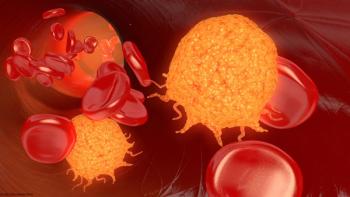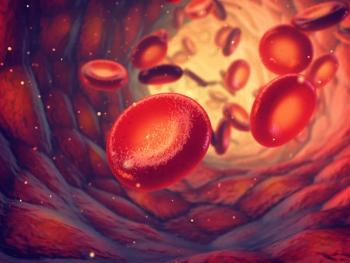
Mediation Analysis May Help Identify Better Treatments for AML
Using mediation analysis, researchers were able to identify three gene expression markers that help explain the observed prognostic difference between certain AML patients.
Mediation analysis may be a powerful tool for identifying regulative networks in acute myeloid leukemia (AML) subgroups and may help better characterize the influence of genetic alterations, according to a new study in Scientific Reports. German researchers found that by using mediation analysis-a technique for testing whether variables of interest are mediators in the observed influence of certain outcomes-they were able to identify three gene expression markers that help explain the observed prognostic difference between patients with RUNX1 mutations and RUNX1/RUNX1T1 fusions.
Roman Hornung, PhD, of the Institute for Medical Information Processing, Biometry and Epidemiology at LMU Munich, and colleagues
The researchers analyzed four AML gene expression datasets from 1,514 patients. The investigation included 80 patients with RUNX1/RUNX1T1 fusions and 156 patients with point mutations in RUNX1. The team compared the two groups using mediation analysis and found that the genes CD109, HOPX, and KIAA0125 appear to be candidates as mediator genes.
For this current investigation, the researchers used gene expression as the potential mediator. The influencing variables were the mutation and the fusion and the presence or absence of each, and their effects on outcomes in terms of overall survival.
They found that just these three gene expression markers may help explain the observed prognostic difference between patients with RUNX1 mutations and RUNX1/RUNX1T1 fusions. The researchers also found that the expression levels of these three genes exhibit prognostic potential in patients without alterations of RUNX1.
The authors theorize that mediation analysis can be applied in any settings in the context of gene expression analysis to help better identify genes that play a role in an observed outcome. They write that mediation analysis could also be used to look at other endpoints besides overall survival. They contend that it has the potential to address important unanswered questions in the area of hematologic malignancies.
He noted that a great deal of basic science research is being done to identify mutations leading to various cancers. However, mediation analysis may be an especially helpful tool. “It can be used to combine the strength of various small studies and looking at the data as aggregates, and identify more robustly potential predictors of outcomes. It also does have the strength of doing these analyses much quicker and able to replicate for multiple diseases,” he said.
Newsletter
Stay up to date on recent advances in the multidisciplinary approach to cancer.


















































































